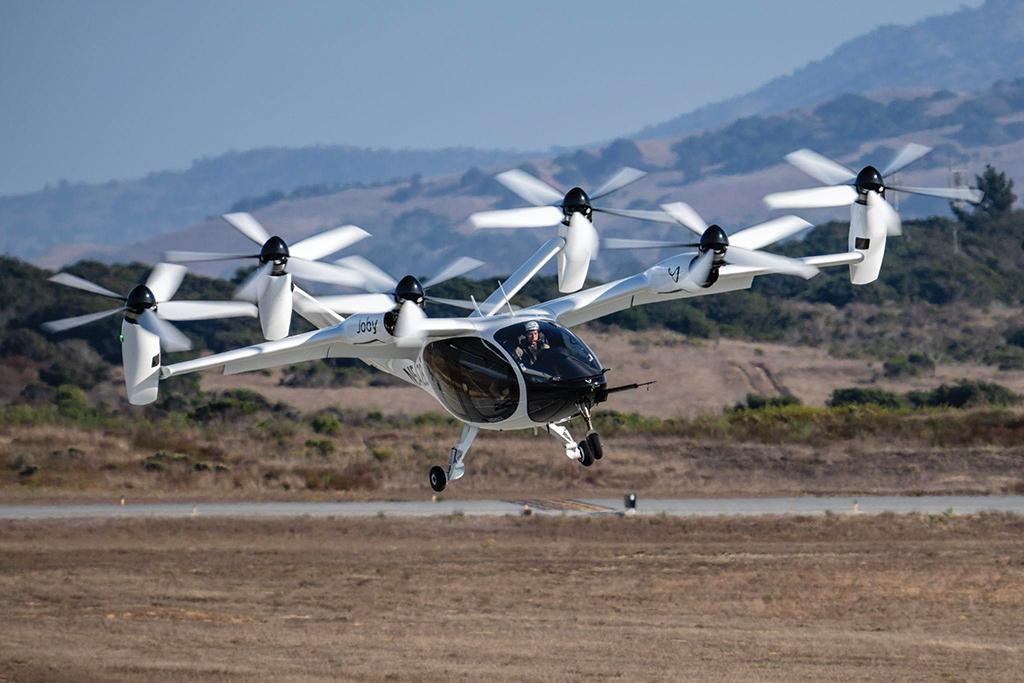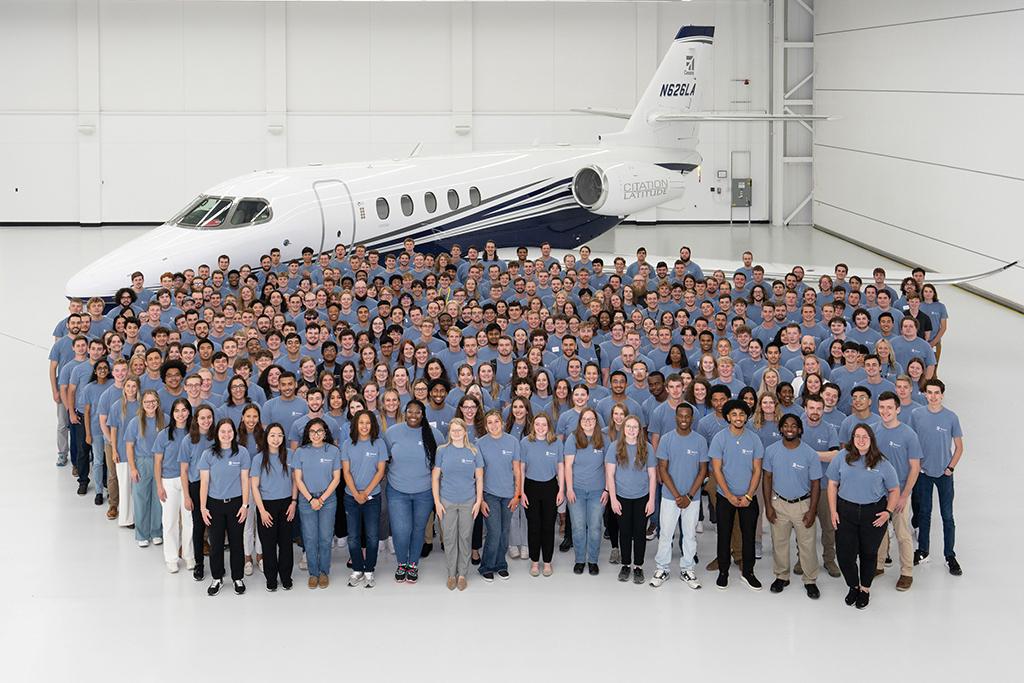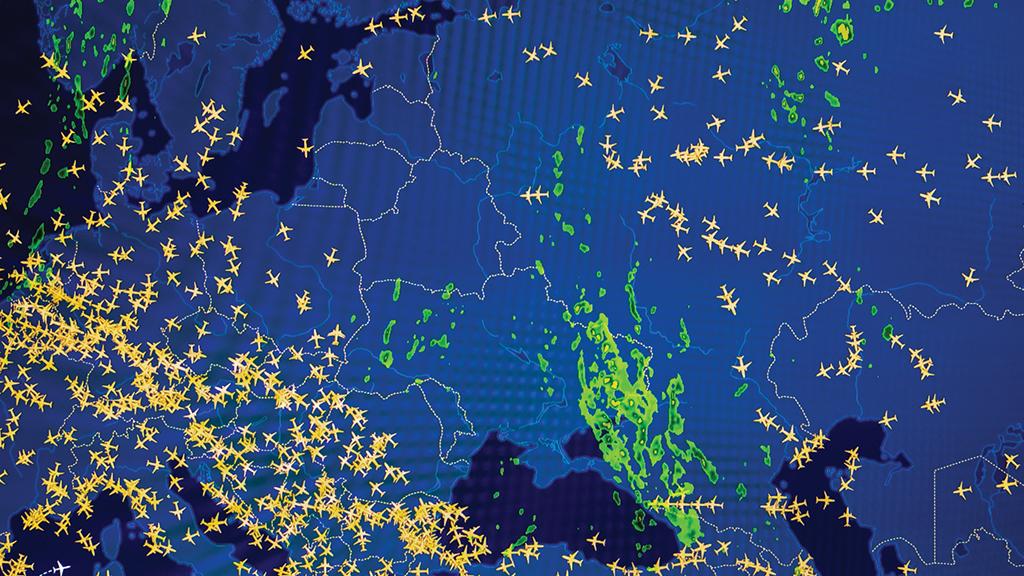
Hangar Shortages
A shortage of general aviation hangars is not new, but it has gotten worse. Expect airports and fixed-base operators (FBO) with long waitlists to weigh the high construction costs of building new facilities—if land is available—because the outlook for the market is stable, and a host of new and larger aircraft are entering the market.

Adapting Infrastructure
FBOs and heliports are likely to accelerate plans for advanced air mobility infrastructure in the coming year, given that the first electric vertical-takeoff-and-landing aircraft are expected to receive regulatory certification in 2024 and 2025. Planning for charging stations and the required power must be done sooner rather than later.

Connectivity
New options for broadband inflight connectivity supported by satellite and terrestrial networks will become available as aircraft OEMs and MROs obtain supplemental type certifications to equip a wide variety of aircraft types. Viasat Ka-, Intelsat Ku- and Starlink low-Earth-orbit Ku-band services are among options for satellite connectivity. SmartSky Networks and Gogo Business Aviation have developed broadband terrestrial networks.

Sustainability
Pressure is on aviation to achieve net-zero emissions. The U.S. business aviation associations’ “Climbing. Fast.” campaign needs to achieve results, and the European Business Aviation Association most likely will have to continue fighting national airport and aviation policies that target private aviation. Demonstrations will continue, too. This is an all-hands-on-deck year for the aviation industry.

European Airports
Airport access in Europe could decrease for business aviation as airports decide to ban or limit such operations. Others will impose high taxes targeting the sector to disincentivize flying.

MRO M&A
The third-party MRO market is very fragmented, and capacity is tight. Expect to see investment in the aftermarket and possible consolidation to expand networks and capabilities. OEMs will continue to expand their MRO networks as well to gain market share and revenue.

Aircraft Production
Business jet deliveries are expected to rise in 2024 compared with 2023 as manufacturers—with orderbooks of 18-24 months and beyond—work to increase production while keeping healthy backlogs. Supply chain issues, while improving, will continue to mitigate the number of aircraft manufacturers can get out the door in 2024.

Used Aircraft Market
Some industry experts expect the used market for business jets to soften further in 2024 from post-COVID-19 highs due to uncertainty surrounding the U.S. presidential election, wariness in the macroeconomic environment and geopolitical concerns.

Apprenticeships
Watch for an increasing number of internship opportunities in 2024 across a variety of areas in the business aviation industry as companies work to attract young people to an industry suffering from a shortage of skilled labor. Textron Aviation, for example, offered a record number of internships to both high school and college students during the summer of 2023.

Flight Shaming
More operators will be tempted to move from full aircraft ownership to charter or fractional ownership to remain anonymous during flight.
What to look for in business aviation in 2024.
